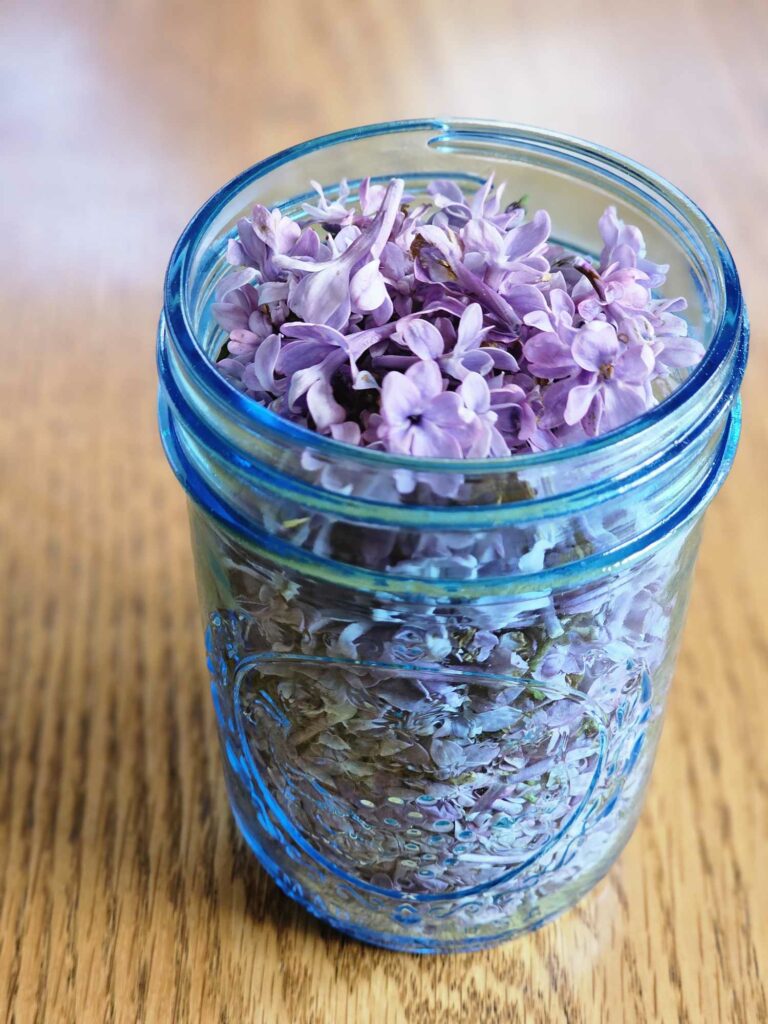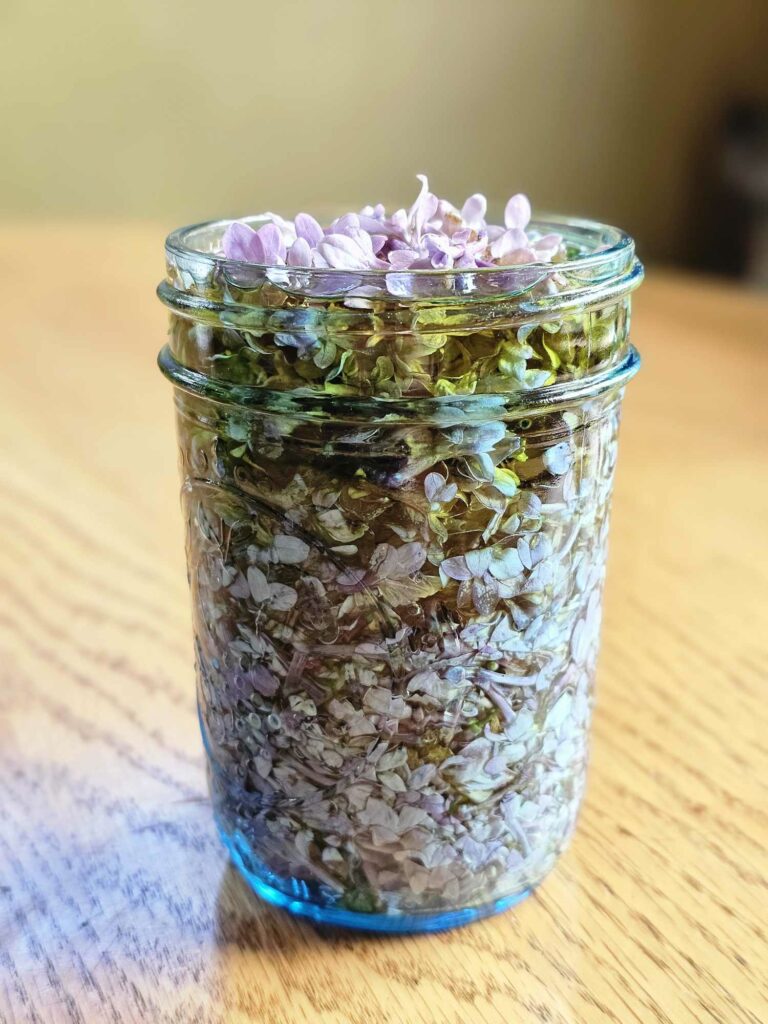The Best Smell on Earth – Lilacs
You know the smell, the best smell on earth, the Lilac. One might argue Lilacs are in the running with the tops of babies heads and puppy breath. Lilacs might win.

I’ve always wanted to profile this plant, even though there aren’t a ton of medicinal properties associated with her. Lilacs are so hopeful. They signify the beginning of spring, always dependable, reliable & always returning. Did you know Lilacs will grow for 100+ YEARS!?!
I feel a special connection, partly because I was born in May, and they’re the gift that gives all month. My only wish is that blissful aroma could fill our olfactory through the entire summer.
Lilacs are part of the Oleaceae Family (Olive Family). There are about 30 different species of Lilac. Syringa vulgaris is the French lilac, common lilac. This is likely the variety we’re most familiar with. These days it is easy to find hybrid varieties that fit into your landscape. Some of the perks of exploring varieties is many of them are later bloomers, extending the season a tad, and size can vary immensely to fit your needs. Maybe your landscape cannot accommodate the 4-25 feet in height and spread that a common lilac can bring? Do some exploring, there might be a dwarf variety that would be perfect in your yarden.
Lilac Happy Place
Lilacs like full sun and humus rich, well-drained, fertile soil. They will withstand wind, and can be a great wind-breaker. They make a great border around a garden, or a make-shift privacy fence. Lilacs would be a lovely addition to a pollinator garden or a cutting garden.
Lilacs like to be pruned, but this is not a requirement. Pruning flowers after blooming will encourage more flowering during the following season.
Interesting Tidbit: According to the National Garden Bureau: Carl Linnaeus first described the lilac genus, Syringa, in 1753. The name is derived from the ancient Greek word syrinx, meaning pipe or tube. The stems of the common lilac have a spongy pith that is easy to remove. These hollow tubes were said to be used to make pan-pipes.
My mom showed me, back in the day, how to ensure your cut lilacs would draw water and last a bit longer.
Herbal Actions
Lilac flowers have astringent, aromatic, and perhaps some bitter qualities.
- Astringents tighten, draw, and dry tissues such as skin. So a wonderful application would be a cold or warm infusion to use as a toner on the face. Or using the same method, apply to rashes, cuts, and other skin ailments.
- Bitters typically = Digestive aid. Eating the flowers raw may help with gastric issues such as flatulence or constipation.
- Making an herbal infused oil may be a great way to capture the aromatics for healing purposes and to make your own fragrance oil. I’m trying this for the first time. I just started my infusion today. I’ll keep you posted.


What are some other ways to use Lilacs?
Historically, lilacs were planted near old pit toilets and dumps to mask odor, so many metal-detectorists look for lilacs when searching for booty. Slightly related: The Detectorists is one of my favorite shows right now.
Lilacs blossoms are often used in jams, honey, syrups, or cordials. And, they make the best birthday bouquet.
Lilac IRL
This seems like a fun Swedish recipe for a lilac cordial.
Who won that Earth Day Giveaway?
Congrats to Katherine K. of St. Louis! We hope you’re enjoying your treasures. Subscribe to our list if you want to be notified of our future giveaways!
